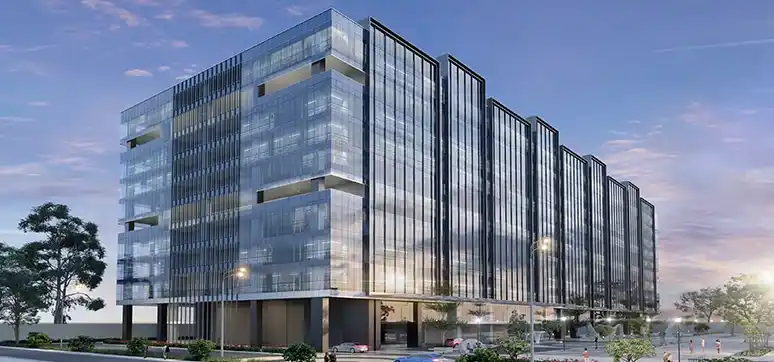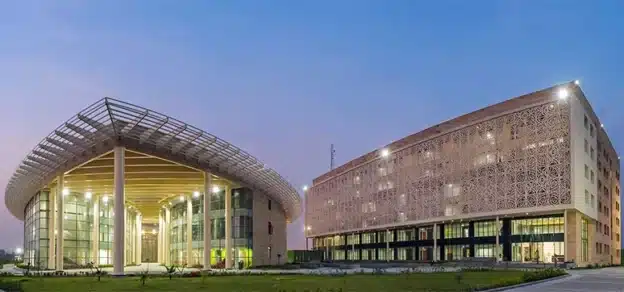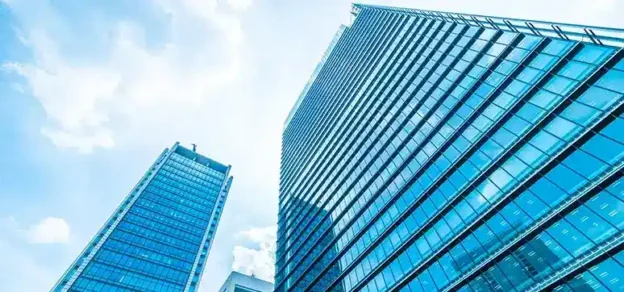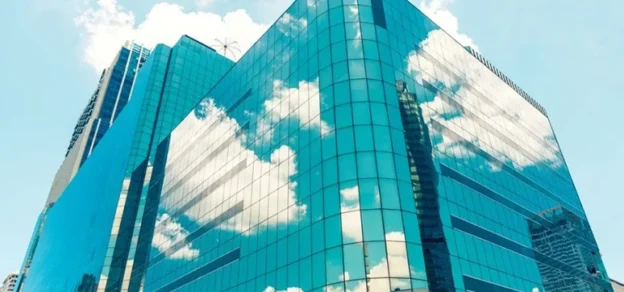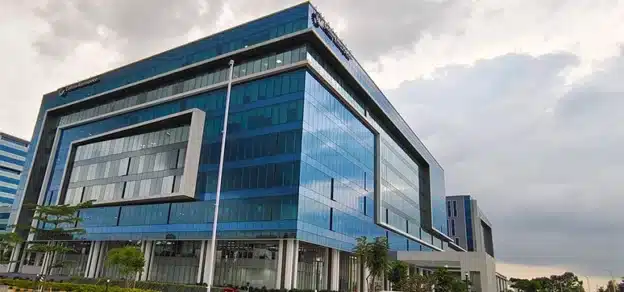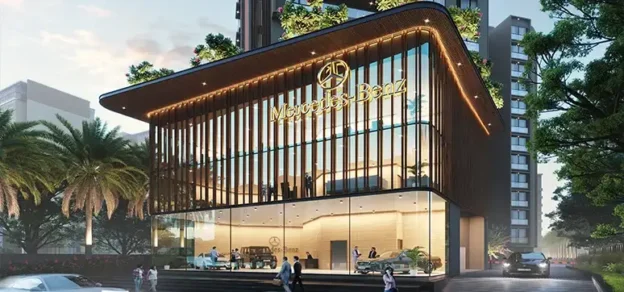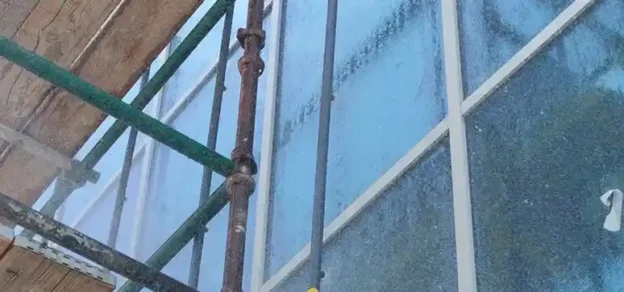Glass façades provide a range of benefits for high-rise buildings, including energy efficiency, natural light, and views. Glass façades offer several advantages, including aesthetic appeal – giving the building a sleek and modern appearance. They allow for more natural light to penetrate deep into the building, reducing the need for artificial lighting during the day. This leads to energy efficiency and creates a pleasant working or living environment, providing views of the surrounding environment. Modern glass façades are designed to provide excellent sound insulation, reducing noise from the surrounding environment, and improving the acoustics within the built environment.
The best type of glass for each system will depend on the specific requirements of the project, such as energy efficiency, safety, and design considerations. For example, a building in a hot climate will require glass with low solar heat gain properties, while a building in a noisy urban environment may require glass with higher sound insulation.
1. Clear glass allows maximum natural light to enter the building and is suitable for buildings located in areas with moderate to low sunlight exposure or where high internal visibility is desired, like retail buildings.
2. Tinted glass is suitable for buildings located in areas with high levels of sunlight exposure. It reduces the amount of heat and glare entering the building, making it more energy efficient.
3. Insulated glass consists of two or more panes of glass with a sealed air space in between, providing superior insulation and soundproofing.
4. Smart glass façades are revolutionising the future of glazed façades. They increase the wellness of occupants by automatically controlling glare and visual light penetration into the built space according to the climatic conditions prevailing outside. Smart glass automatically responds to the ever-changing environment outside and hence makes buildings more energy efficient and sustainable.
Pros of Using Glass on Façades: Natural light, aesthetics, energy efficiency, durability
Cons of Using Glass on Façades: Heat gain, glare, cost, privacy.
Glass façades can be costly and cause glare and heat gain. They may also require additional privacy measures and maintenance. Glass façades can have significant environmental impacts, including energy consumption, carbon emissions, and waste production. To mitigate these issues, designers can incorporate sustainable features such as high-performance glass, shading devices, and insulation. Use of recycled materials and designing for energy efficiency can reduce the carbon footprint of glass façades. Proper maintenance and end-of-life recycling can also reduce waste and environmental impacts. Sustainable certifications such as LEED can provide guidelines and criteria for environmentally friendly glass façade design and construction.
Facades of the Future
Dynamic façades or intelligent façades, are building envelopes that can modify their properties as per the ever-changing external environment such as sunlight, temperature, and air quality. These are typically made of smart materials such as electrochromic glass and/or responsive shading devices that can adjust their properties in real time. They use a combination of advanced materials, sensors, and control systems to optimise energy efficiency, indoor comfort, and visual appeal. They reduce the need for artificial lighting and air conditioning, lower energy costs and carbon emissions, and improve occupants’ health & productivity.
